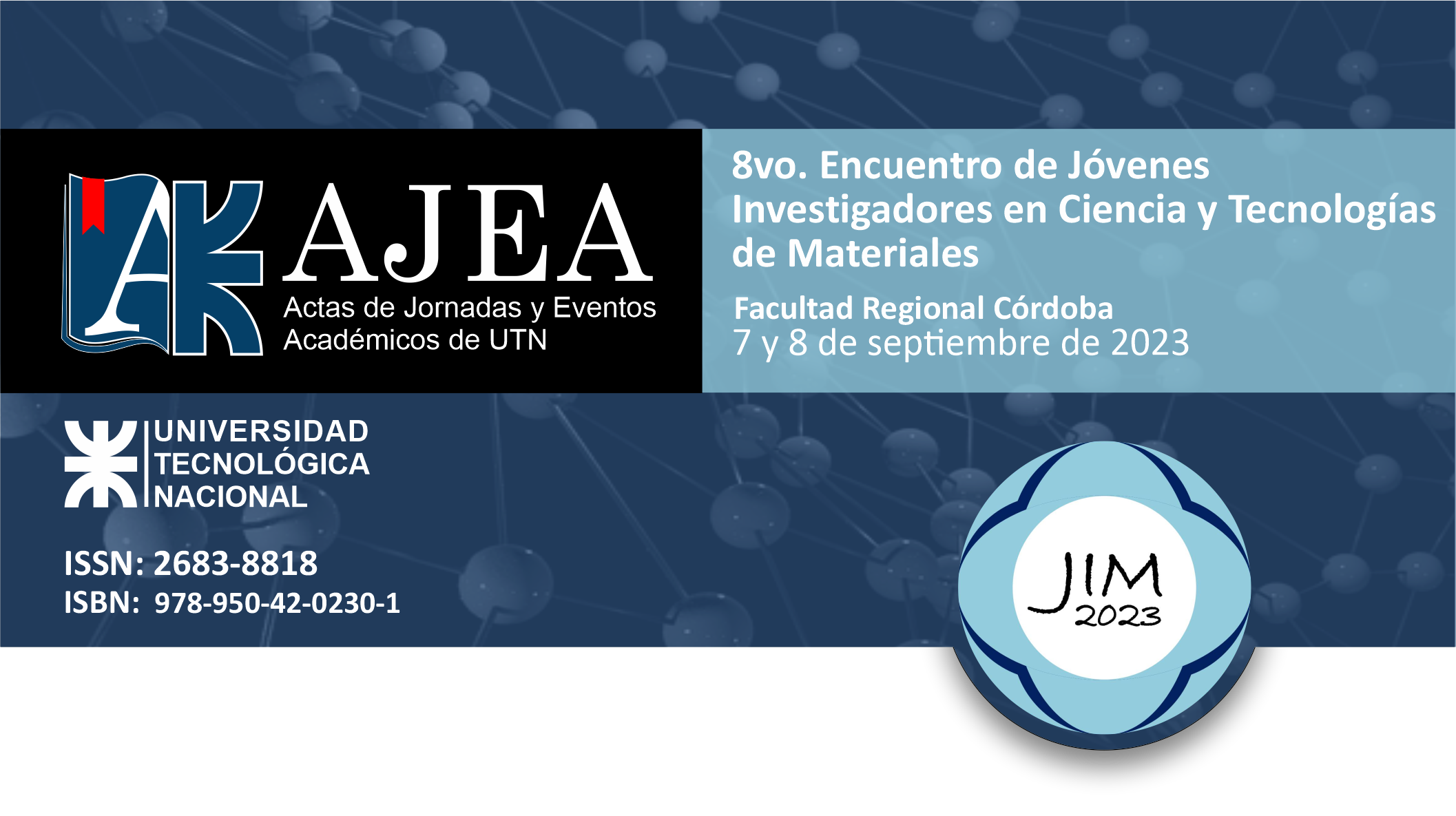Mechanical characterization of particleboards made with insect flour
Keywords:
Particleboards, protein adhesives, mechanical propertiesAbstract
In the large-scale commercial manufacturing of particle boards, formaldehyde vapors are generated due to the adhesive commonly used for this product: urea-formaldehyde (UF). One possible solution is to use an adhesive based on protein of Hermetia illucens, the black soldier fly larvae (BSFL), since it does not contain formaldehyde. Additionally, the larvae can be fed with organic waste, allowing the regulation of their protein content, and promoting the implementation of a circular economy. In this study, the goal was to optimize the alkali content for dissolving BSFL protein, considering the results of the mechanical properties of the manufactured boards: static bending, tensile strength perpendicular to surface, and shear strength tests. Among the three formulations tested, the board made with the adhesive formulated with a 1M alkali concentration exhibits mechanical properties close to those of a board made with a commercial adhesive (UF).
Downloads
Downloads
Published
How to Cite
Conference Proceedings Volume
Section
License
Copyright (c) 2024 Francisco Daniel García, Solange Nicole Aigner, Agustín Luna, Mariano Martín Escobar, Marcela Angela Mansilla, Alejandro Bacigalupe

This work is licensed under a Creative Commons Attribution-NonCommercial 4.0 International License.










